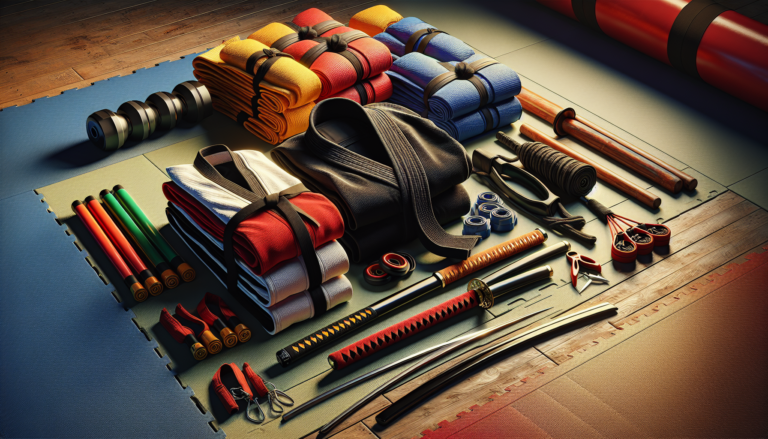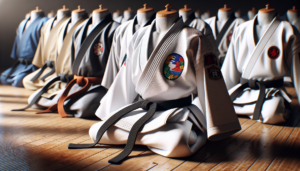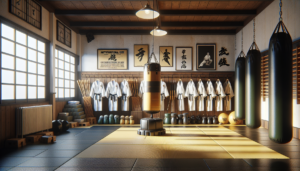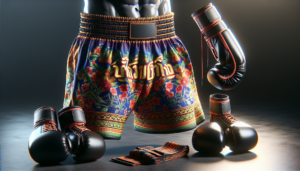Introduction to Martial Arts Ranking
Martial arts have a rich history spanning centuries and encompassing a wide variety of styles and techniques from around the world. With so many different martial arts to choose from, it can be challenging to determine which ones are the most effective and best suited for your needs. In this article, we will explore an all martial arts ranked list, comparing the top styles based on their real-world effectiveness and other important factors.
Criteria for Ranking Martial Arts
To create a comprehensive martial arts comparison, we must first establish the criteria used to evaluate each style. The primary focus will be on the effectiveness of the martial arts techniques in real-world self-defense scenarios. This includes the ability to quickly neutralize an attacker, defend against common street attacks, and escape dangerous situations.
Other factors to consider include the complexity of the techniques, the time required to achieve proficiency, and the overall physical and mental benefits of training in each style.
Importance of Real-World Effectiveness
When it comes to self-defense martial arts, the most important aspect is their practical application in real-life situations. While many traditional martial arts focus on forms, kata, and choreographed routines, these elements may not necessarily translate to success in a genuine confrontation.
Effective martial arts should emphasize techniques that can be executed quickly and efficiently under high-stress conditions. This includes strikes, kicks, throws, joint locks, and submissions that can neutralize an attacker with minimal risk to the defender.
Top Martial Arts Styles Ranked
Based on our criteria, here are the best martial arts styles ranked from most to least effective for real-world self-defense:
1. Mixed Martial Arts (MMA)
MMA takes the top spot due to its proven effectiveness in real-world scenarios. By combining techniques from various martial arts, including striking, grappling, and ground fighting, MMA practitioners are well-equipped to handle a wide range of self-defense situations.
2. Krav Maga
Developed by the Israeli military, Krav Maga is a highly practical and efficient self-defense system. It focuses on neutralizing threats quickly and decisively, making it one of the most effective martial arts for real-world confrontations.
3. Submission Wrestling
Submission Wrestling combines techniques from wrestling and grappling arts, emphasizing takedowns and ground fighting. By controlling an opponent on the ground and applying submissions like chokes and joint locks, practitioners can effectively neutralize an attacker.
4. Brazilian Jiu Jitsu
Brazilian Jiu Jitsu is a grappling-based martial art that focuses on leverage and technique to overcome larger, stronger opponents. Its emphasis on ground fighting makes it highly effective in self-defense situations.
5. Sambo
Sambo is a Russian martial art that combines techniques from wrestling, judo, and striking arts. Its well-rounded approach and focus on practical application make it a highly effective martial art for self-defense.
6. Muay Thai
Known as the “Art of Eight Limbs,” Muay Thai is a devastating striking art from Thailand. Its powerful kicks, punches, elbows, and knees make it one of the most effective striking martial arts for self-defense.
7. Sanshou
Sanshou, also known as Sanda, is a Chinese martial art that combines elements of kickboxing and wrestling. Its emphasis on striking and takedowns makes it a well-rounded and effective martial art for real-world situations.
8. Judo
Judo is a Japanese martial art that focuses on grappling and throwing techniques. By using an opponent’s momentum against them, Judo practitioners can effectively control and subdue an attacker.
9. Boxing
While Boxing focuses solely on striking with the fists, its proven techniques and emphasis on footwork, head movement, and efficient punching make it a highly effective martial art for self-defense.
10. Karate
Karate is a widely-practiced Japanese martial art that emphasizes striking techniques such as punches, kicks, and open-hand strikes. While its effectiveness in real-world situations may vary, Karate can provide a solid foundation for self-defense.
11. Tae Kwon Do
Tae Kwon Do is a Korean martial art known for its dynamic kicks and fluid movements. While it may not be as practical as some other styles, Tae Kwon Do can still offer effective martial arts techniques for self-defense.
12. Kung Fu
Kung Fu encompasses a wide range of Chinese traditional martial arts, each with its own unique techniques and philosophies. While some styles may be more effective than others, Kung Fu generally focuses more on forms and aesthetics than practical application.
13. Aikido
Aikido is a Japanese martial art that emphasizes redirecting an attacker’s energy and using joint locks and throws to neutralize threats. While its techniques can be effective, Aikido’s focus on harmony and non-aggression may limit its practicality in real-world situations.
14. Capoeira
Capoeira is a Brazilian martial art that combines elements of dance, acrobatics, and music. While visually impressive, its martial arts techniques may not be as practical for self-defense compared to other styles.
15. Tai Chi
Tai Chi is a Chinese meditative martial art that emphasizes slow, graceful movements and breath control. While it offers numerous health benefits, Tai Chi’s focus on inner peace and harmony may not provide the most practical self-defense skills.
Benefits of Martial Arts Training
Beyond the practical self-defense applications, martial arts training offers a wide range of martial arts benefits for both physical and mental well-being.
Physical and Mental Benefits
Regular martial arts training can improve cardiovascular health, increase strength and flexibility, and boost coordination and balance. The discipline and focus required in martial arts can also help reduce stress, increase confidence, and promote overall mental well-being.
Discipline and Composure
One of the most valuable aspects of martial arts training is the emphasis on discipline and composure. By learning to control your emotions and maintain a clear mind under pressure, you can develop the mental fortitude to handle challenging situations both in and out of the dojo.
Choosing the Right Martial Art for You
With so many different styles to choose from, selecting the right martial art can be a daunting task. It’s essential to consider your personal goals, physical capabilities, and learning style when making your decision.
Factors to Consider
Some key factors to consider when choosing a martial art include:
– Your primary goal (self-defense, fitness, competition, personal growth)
– Your age, physical condition, and any pre-existing injuries or limitations
– The availability of qualified instructors and training facilities in your area
– The time and financial commitment required to train consistently
Balancing Effectiveness and Enjoyment
While it’s important to choose an effective martial art that aligns with your self-defense goals, it’s equally crucial to find a style that you enjoy training in. If you’re not passionate about your chosen art, you’re less likely to stick with it long-term and reap the full benefits of martial arts training.
Conclusion
In this article, we’ve explored an all martial arts ranked list, comparing the top styles based on their real-world effectiveness and other key factors. While some arts may be more practical than others, each style offers unique martial arts benefits and opportunities for personal growth.
Final Thoughts on Martial Arts Ranking
Ultimately, the best martial arts style for you will depend on your individual needs, goals, and preferences. By considering the factors outlined in this martial arts comparison, you can make an informed decision and begin your journey towards becoming a proficient martial artist.






